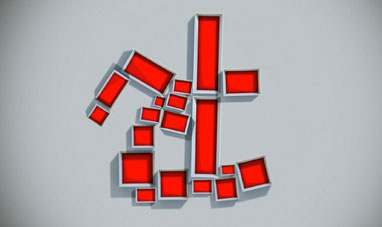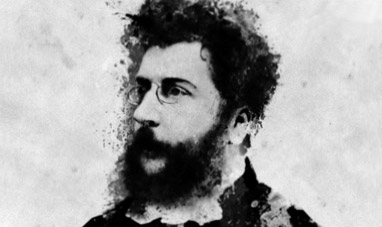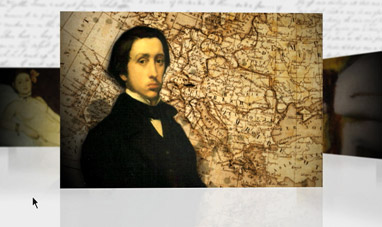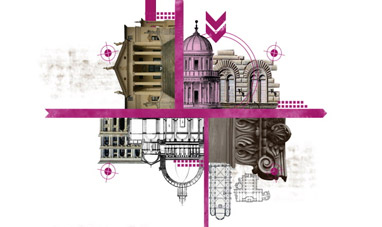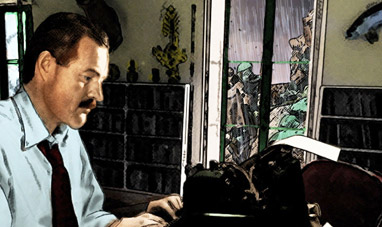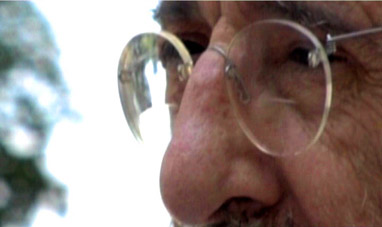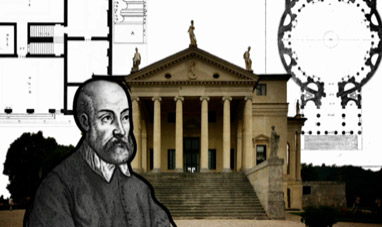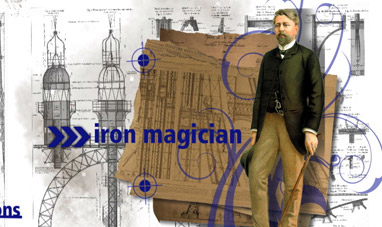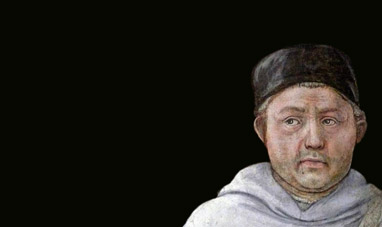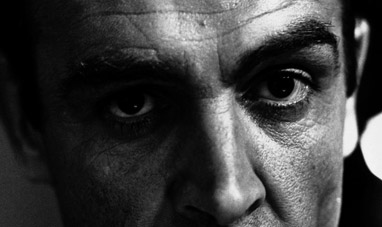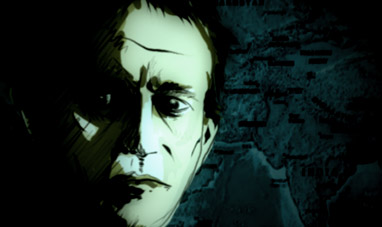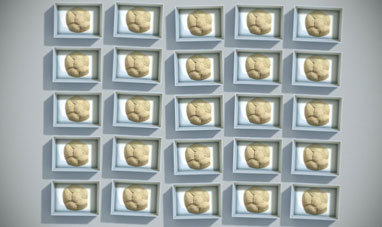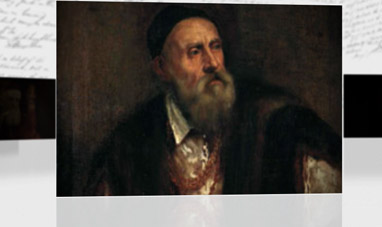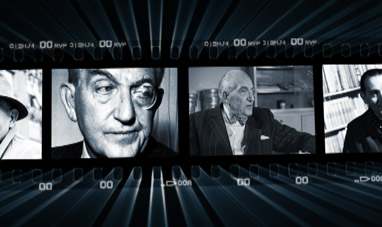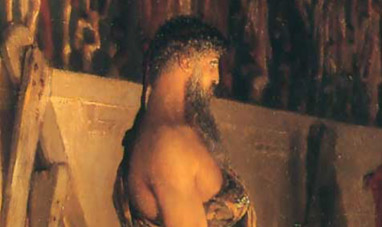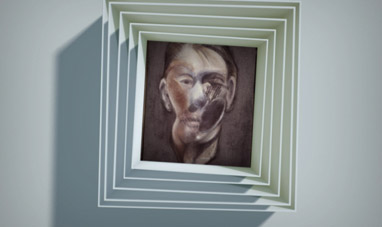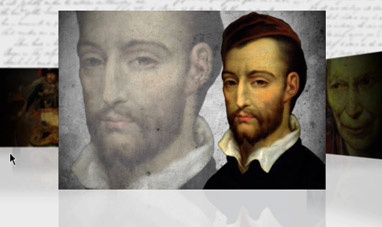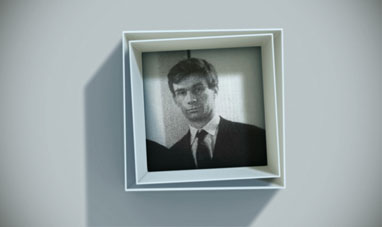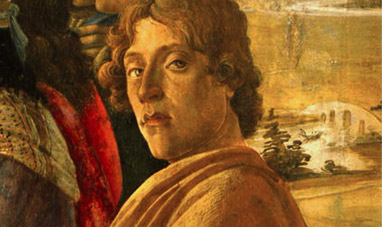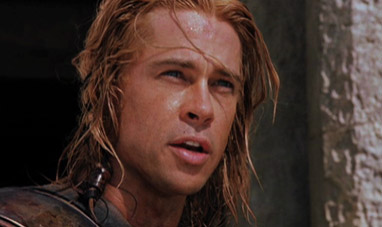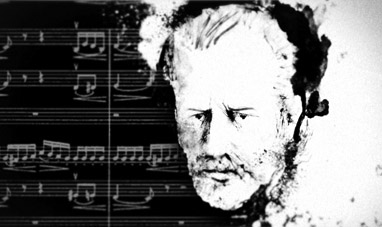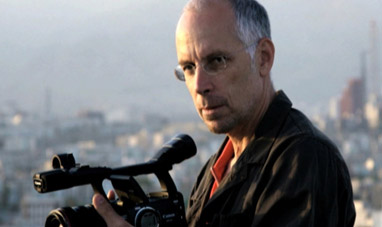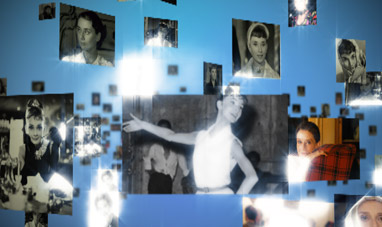Louis Kahn was an American architect of Russian origins. Kahn was interested in the ethical principles of architecture, and mainly designed public spaces.
Louis Isidore Kahn was born on February 20, 1901 in Saaremaa, an island in the Baltic sea that is a part of today’s Estonia.
His family moved to Philadelphia, in the US, when he was 4. Kahn obtained a degree in Architecture at the University of Pennsylvania in 1924. Later, he worked as a designer in some studios in Philadelphia.
In 1929 the United States underwent a serious economic crisis known as the Great Depression.
Kahn dealt with the difficult economic reality by founding, together with some other architects, the Architectural Research Group.
The group investigated the social responsibility of architecture, helping to plan outlying neighborhoods in Philadelphia.
At that time, Kahn’s ideas were inspired by the principles of the Modern Movement, an architectural trend that rejected decorative elements in favor of a building’s functionality.
Beginning in 1947, Kahn dedicated himself to teaching, first at Yale University and then, starting in 1957, at the University of Pennsylvania. In 1950 he took a tour of Mediterranean countries. Visiting Egypt, Greece and Italy, Kahn was struck by the pyramids, Greek columns and ancient aqueducts. These ancient constructs would become a source of inspiration for the American architect.
Returning to the United States in 1951, he dedicated himself to elaborating a synthesis between classical traditions and modernity. Kahn avoided banal citations of past architecture, searching for an intimate essence of shape. The volumes in his buildings became increasingly solid. Light became a fundamental element, contrasting the compactness of matter. His structures were based on pure geometrical shapes like the circle, triangle and square. His architecture took on a monumental, almost mystic dimension.
Kahn’s evolution was evident in his designs for the expansion of the Yale University Art Gallery, especially in the interiors, where there is a recurrent triangle element in the ceiling. Subsequently, he worked on a project for the Institute for Biological Studies in La Jolla, California. Finished in 1965, the institute was composed of a series of buildings placed symmetrically around a courtyard that opens onto the Pacific Ocean. The success of this project made Kahn internationally famous.
Some of the most important projects he completed towards the end of his career include the Institute of Management in Ahmedabad, India, and the National Assembly Building in Bangladesh.
Kahn died in New York on March 17, 1974. He was 73. His architecture continues to be considered among the most inspired and innovative designs of the 20th Century.
Louis Isidore Kahn was born on February 20, 1901 in Saaremaa, an island in the Baltic sea that is a part of today’s Estonia.
His family moved to Philadelphia, in the US, when he was 4. Kahn obtained a degree in Architecture at the University of Pennsylvania in 1924. Later, he worked as a designer in some studios in Philadelphia.
In 1929 the United States underwent a serious economic crisis known as the Great Depression.
Kahn dealt with the difficult economic reality by founding, together with some other architects, the Architectural Research Group.
The group investigated the social responsibility of architecture, helping to plan outlying neighborhoods in Philadelphia.
At that time, Kahn’s ideas were inspired by the principles of the Modern Movement, an architectural trend that rejected decorative elements in favor of a building’s functionality.
Beginning in 1947, Kahn dedicated himself to teaching, first at Yale University and then, starting in 1957, at the University of Pennsylvania. In 1950 he took a tour of Mediterranean countries. Visiting Egypt, Greece and Italy, Kahn was struck by the pyramids, Greek columns and ancient aqueducts. These ancient constructs would become a source of inspiration for the American architect.
Returning to the United States in 1951, he dedicated himself to elaborating a synthesis between classical traditions and modernity. Kahn avoided banal citations of past architecture, searching for an intimate essence of shape. The volumes in his buildings became increasingly solid. Light became a fundamental element, contrasting the compactness of matter. His structures were based on pure geometrical shapes like the circle, triangle and square. His architecture took on a monumental, almost mystic dimension.
Kahn’s evolution was evident in his designs for the expansion of the Yale University Art Gallery, especially in the interiors, where there is a recurrent triangle element in the ceiling. Subsequently, he worked on a project for the Institute for Biological Studies in La Jolla, California. Finished in 1965, the institute was composed of a series of buildings placed symmetrically around a courtyard that opens onto the Pacific Ocean. The success of this project made Kahn internationally famous.
Some of the most important projects he completed towards the end of his career include the Institute of Management in Ahmedabad, India, and the National Assembly Building in Bangladesh.
Kahn died in New York on March 17, 1974. He was 73. His architecture continues to be considered among the most inspired and innovative designs of the 20th Century.

